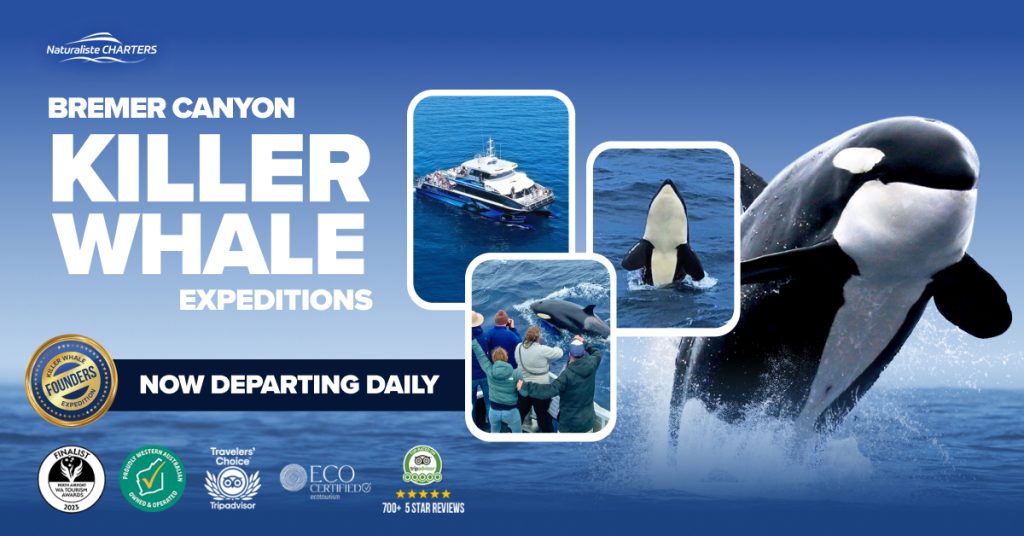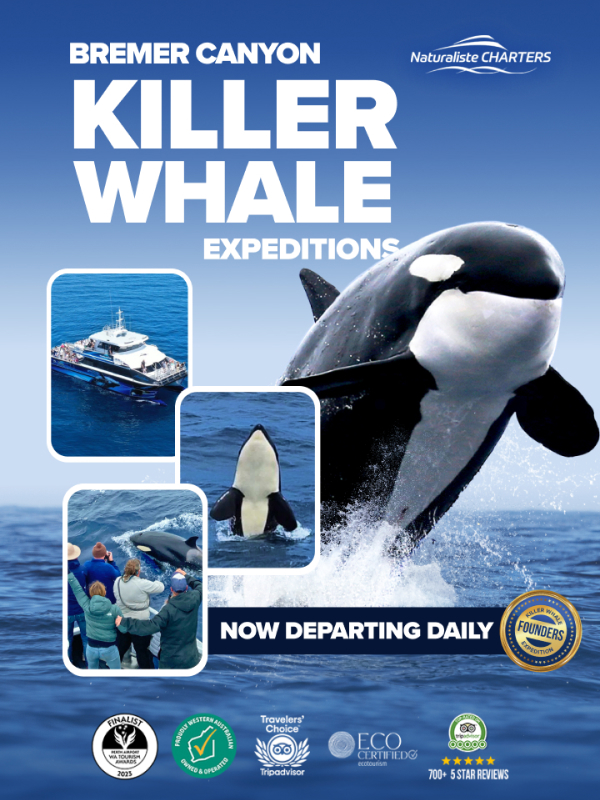Naturaliste Charters Whale Blogs
Family Fun Easter Holiday Ideas!
Published on March 27, 2023Easter time is always a great opportunity to get the family away for some fun-filled adventure. I mean there is no other time of the year where we get a 4 day long weekend!
Read moreHow Can We Stop Whale Hunting? – 6 Easy Ways You Can Help
Published on March 7, 2023Standing up against the whaling industry might seem like a daunting task, but it turns out there are many things you, as an individual, can do to stop commercial whaling.
Read moreThe Best Perth to Augusta Road Trip Itinerary (Written by Locals)
Published on March 1, 2023In most cases it probably means you are heading off on a weekend away or even an extended holiday, so I’m sure the happy vibes will be flowing strong to begin with! And sitting in a car for hours on end doesn’t always have to occur, why not break up the drive and explore some fun and exciting new places on your journey south?
Read moreWhy are Whales Mammals?
Published on January 4, 2023When you think of mammals, you probably only think of us humans and furry animals, but did you know that whales are also mammals and not fish?!
Read moreThe ultimate Perth to Dunsborough road trip 2023
Published on January 4, 2023Has that city life got you feeling beat? Are you tired of the traffic, that smoggy city air, the views of endless buildings, if so then I highly recommend you cash in on some of that annual leave (or sick leave… this trip will of course benefit your mental health after all), and get in your car and make the journey south on an epic Perth to Dunsborough road trip.
Read more

